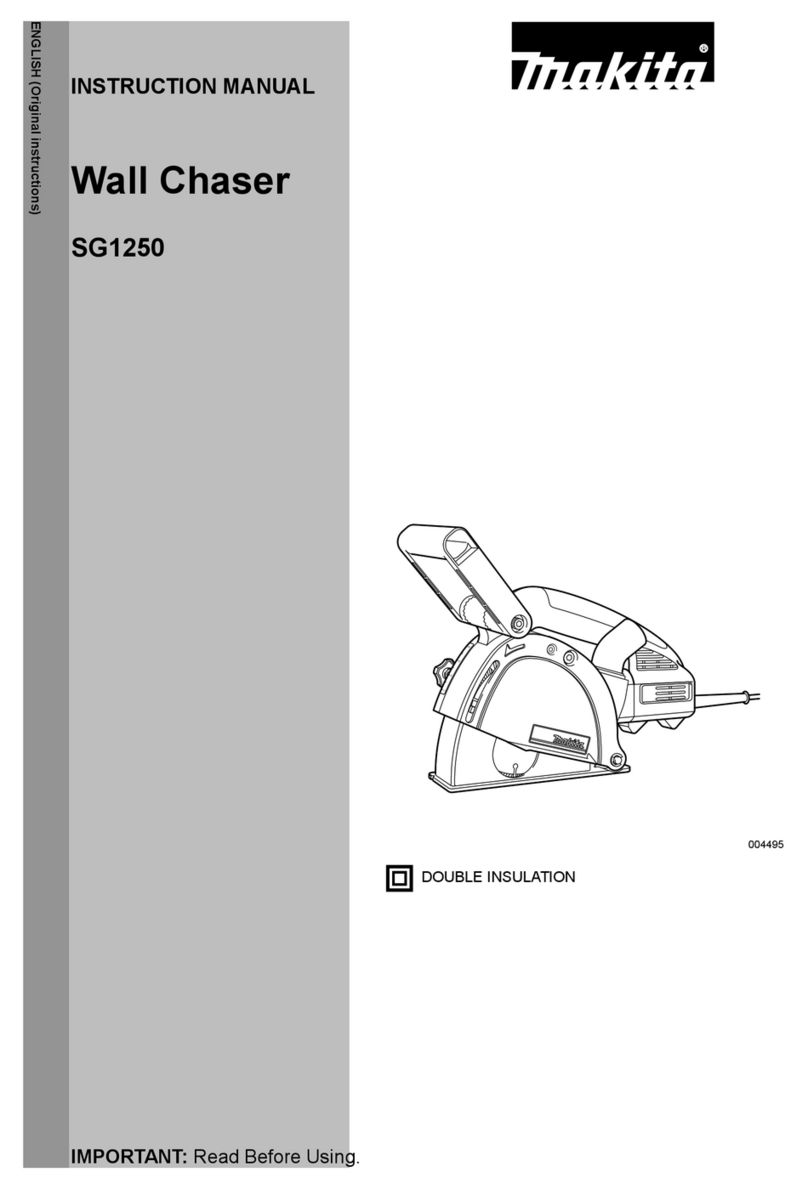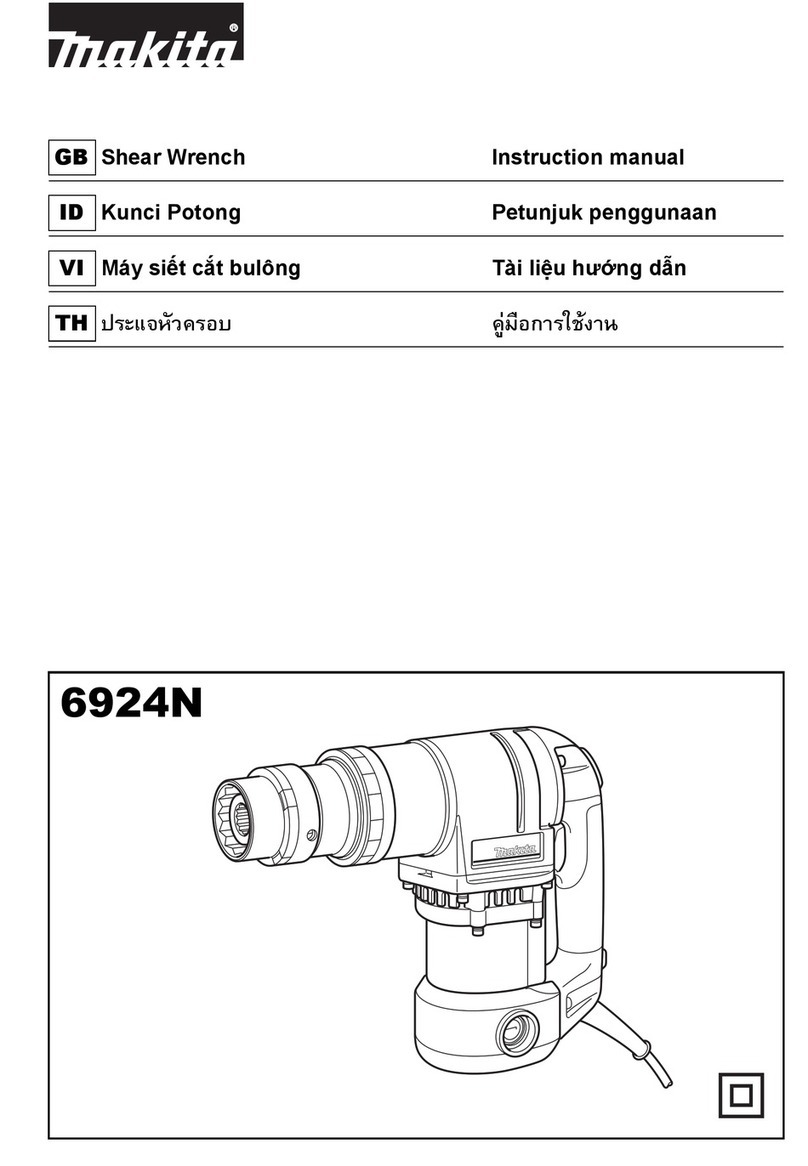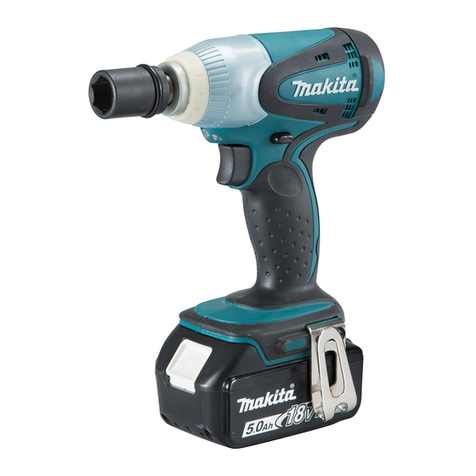Makita 6909D User manual
Other Makita Power Tools manuals

Makita
Makita DHG181ZKX06 User manual

Makita
Makita SG1251 User manual
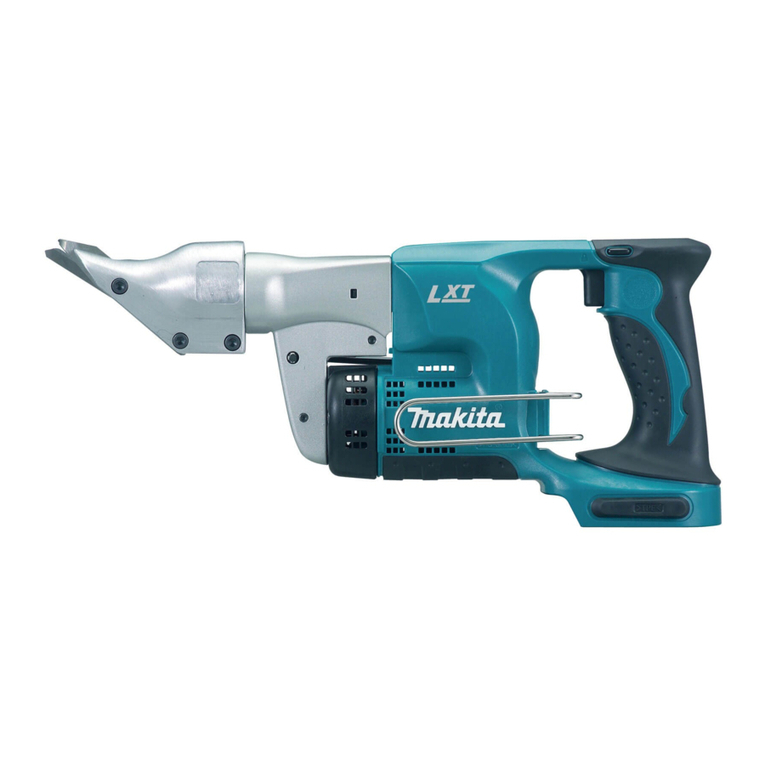
Makita
Makita DJS130 User manual
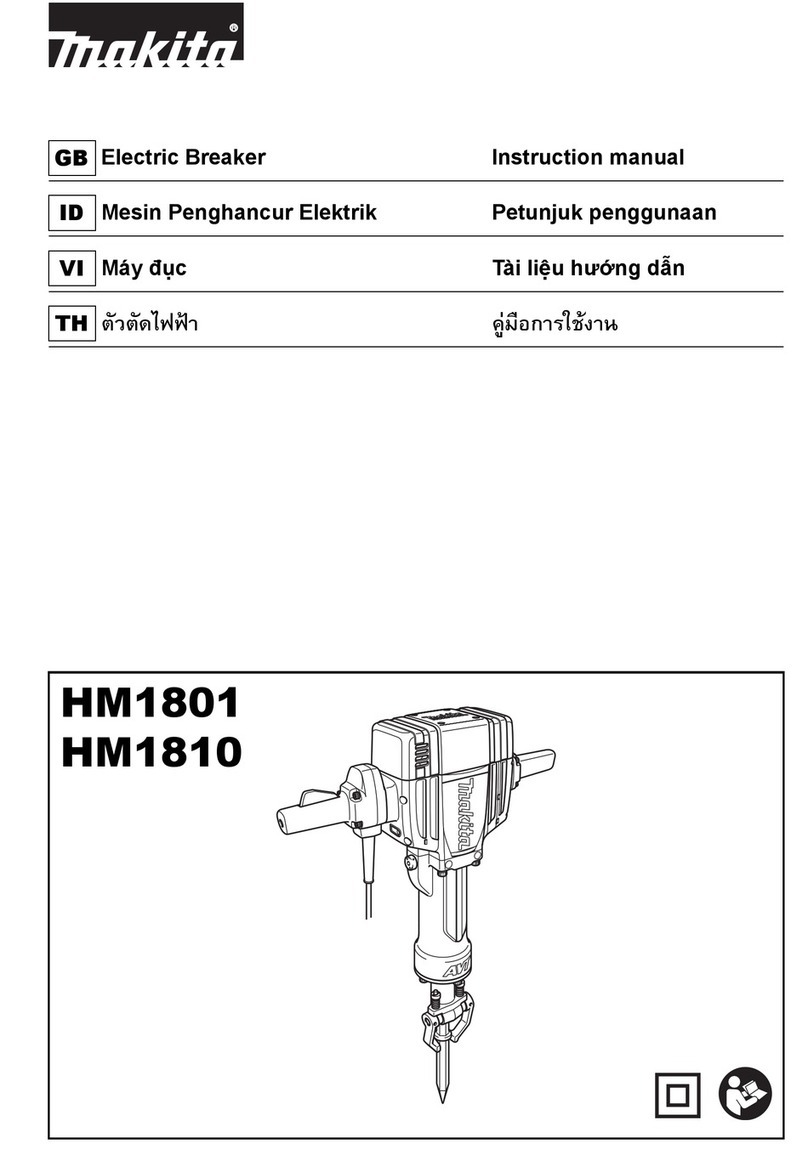
Makita
Makita HM1801 User manual
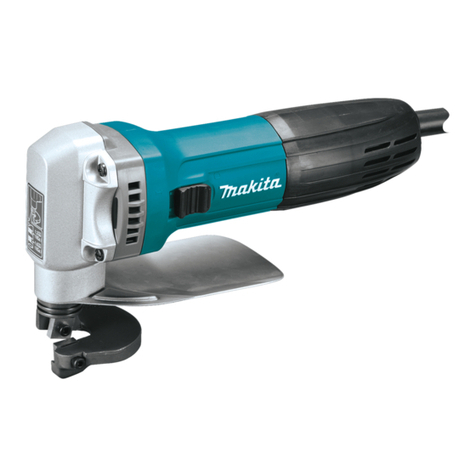
Makita
Makita JS1602 User manual

Makita
Makita 5094D User manual

Makita
Makita HG 6020 User manual
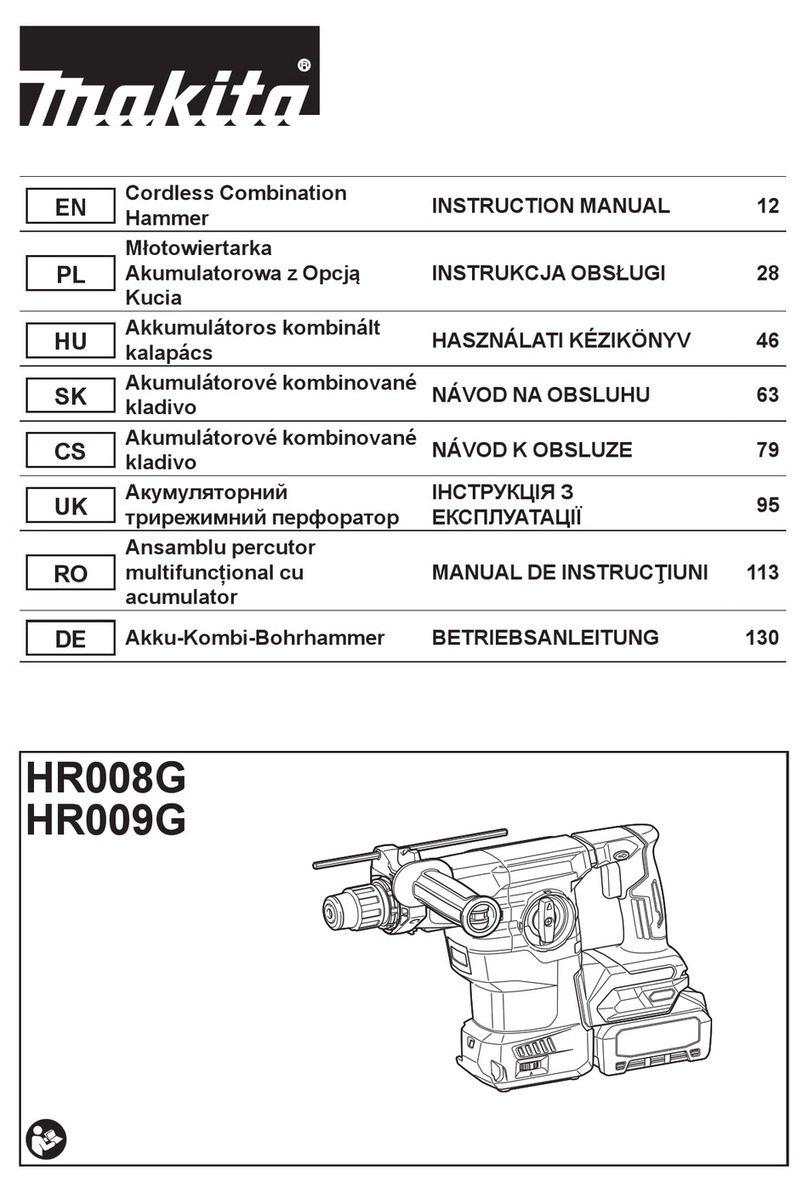
Makita
Makita HR008G User manual

Makita
Makita HR001G User manual
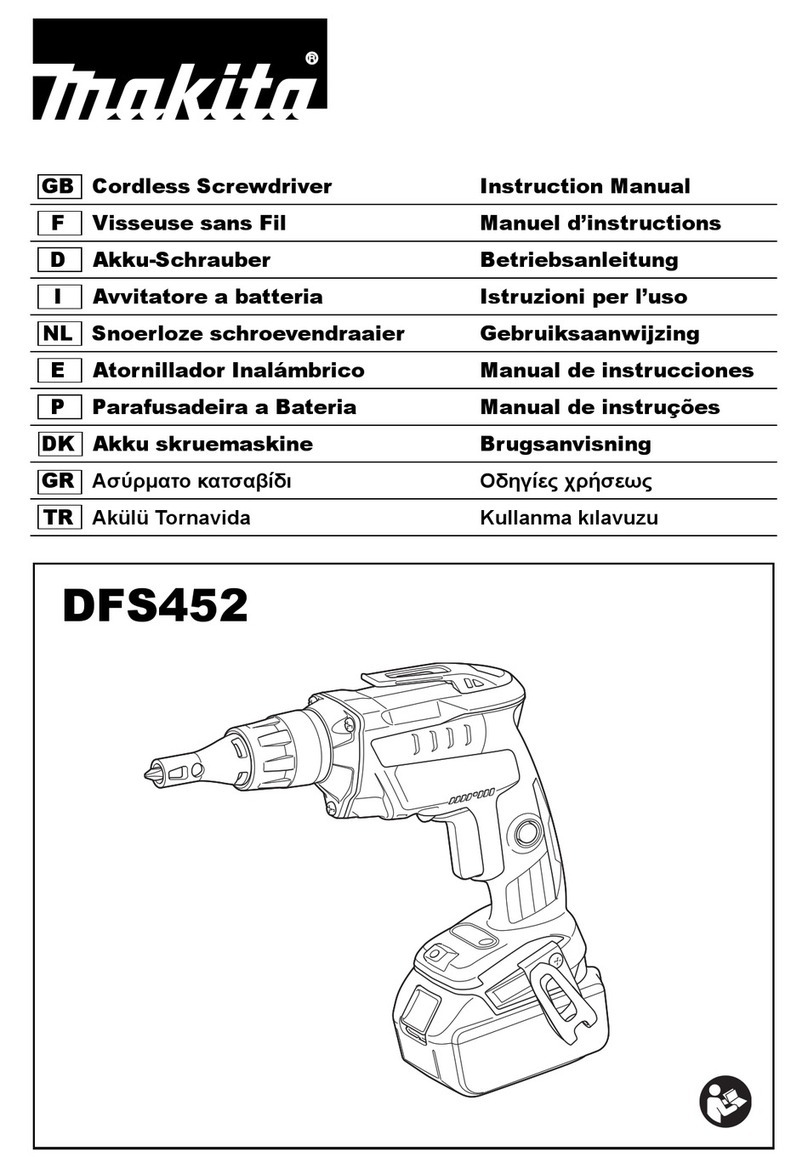
Makita
Makita DFS452 User manual

Makita
Makita AS001G User manual
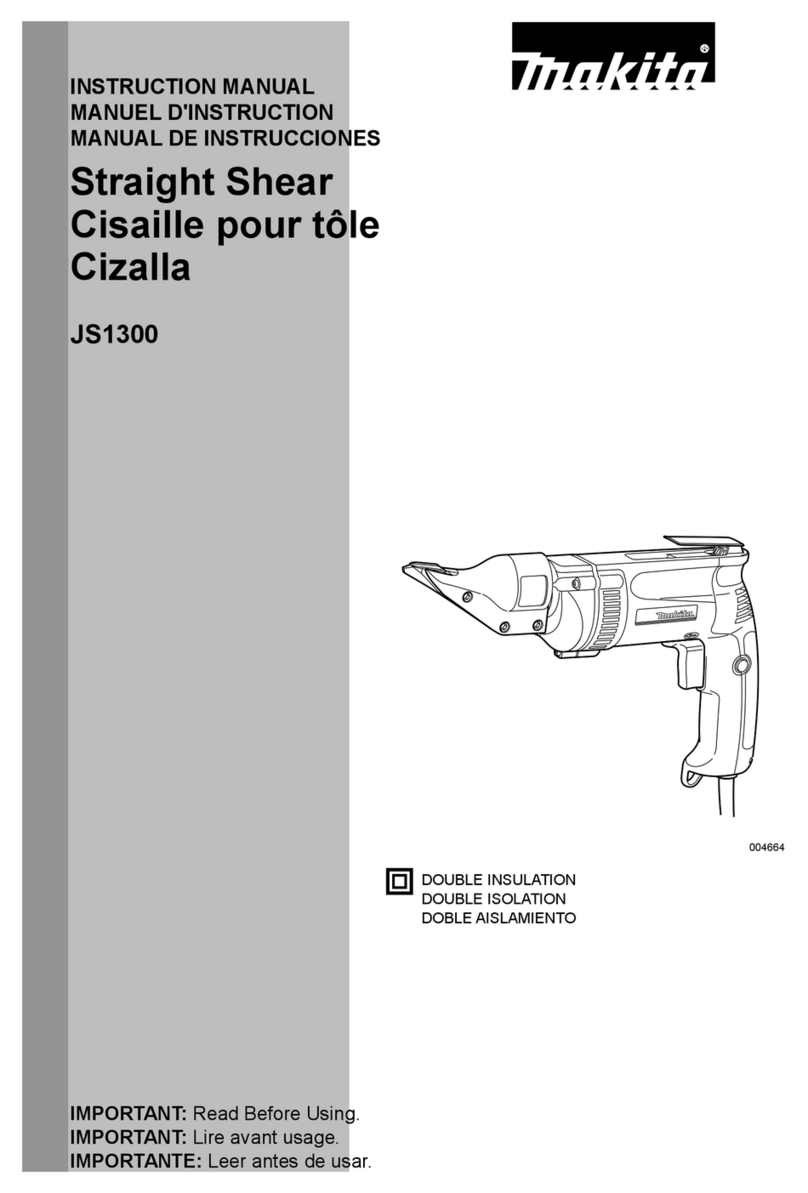
Makita
Makita JS1300 User manual
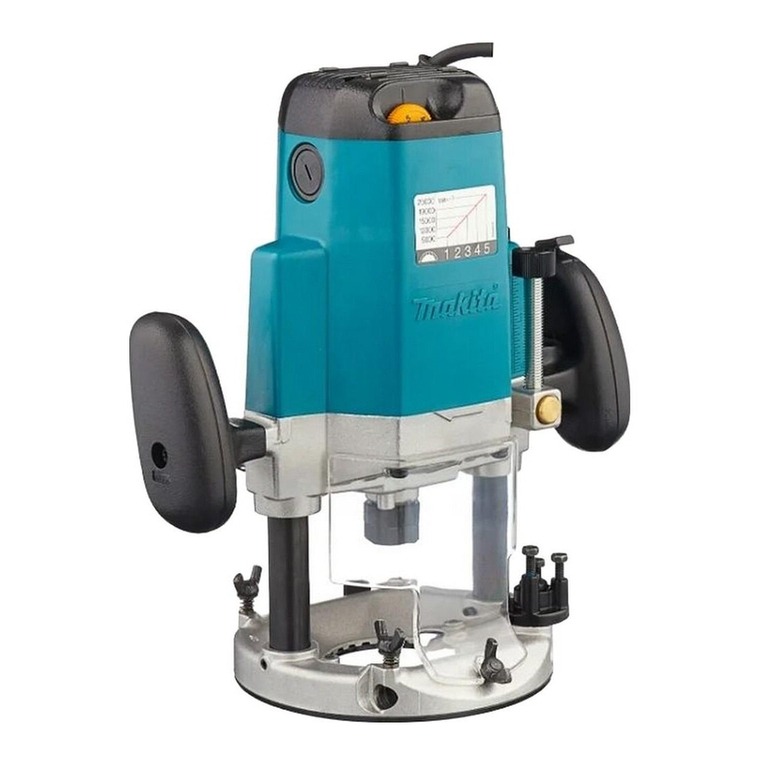
Makita
Makita 3612C User manual
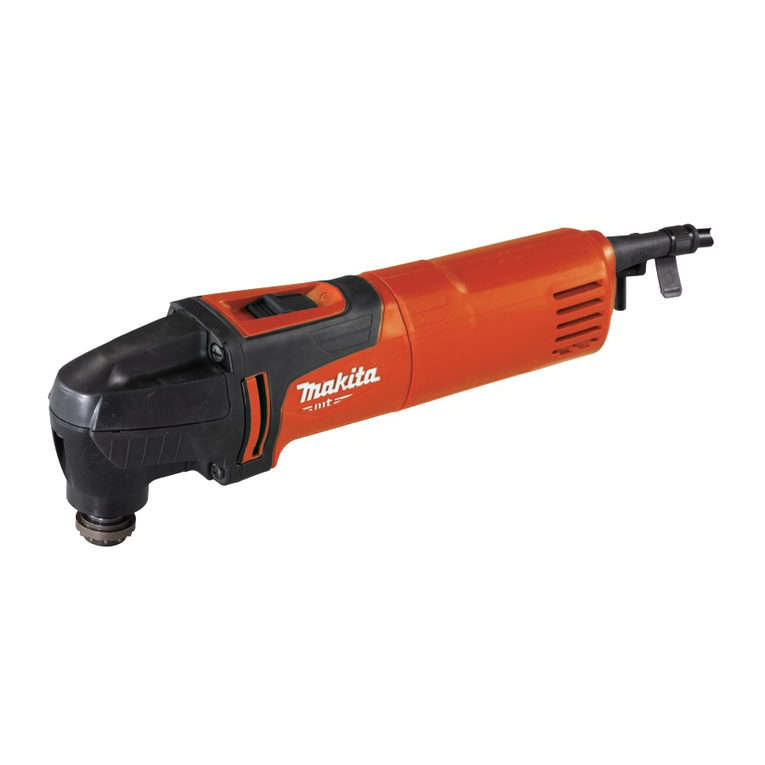
Makita
Makita M9800 Series User manual

Makita
Makita 6704D User manual
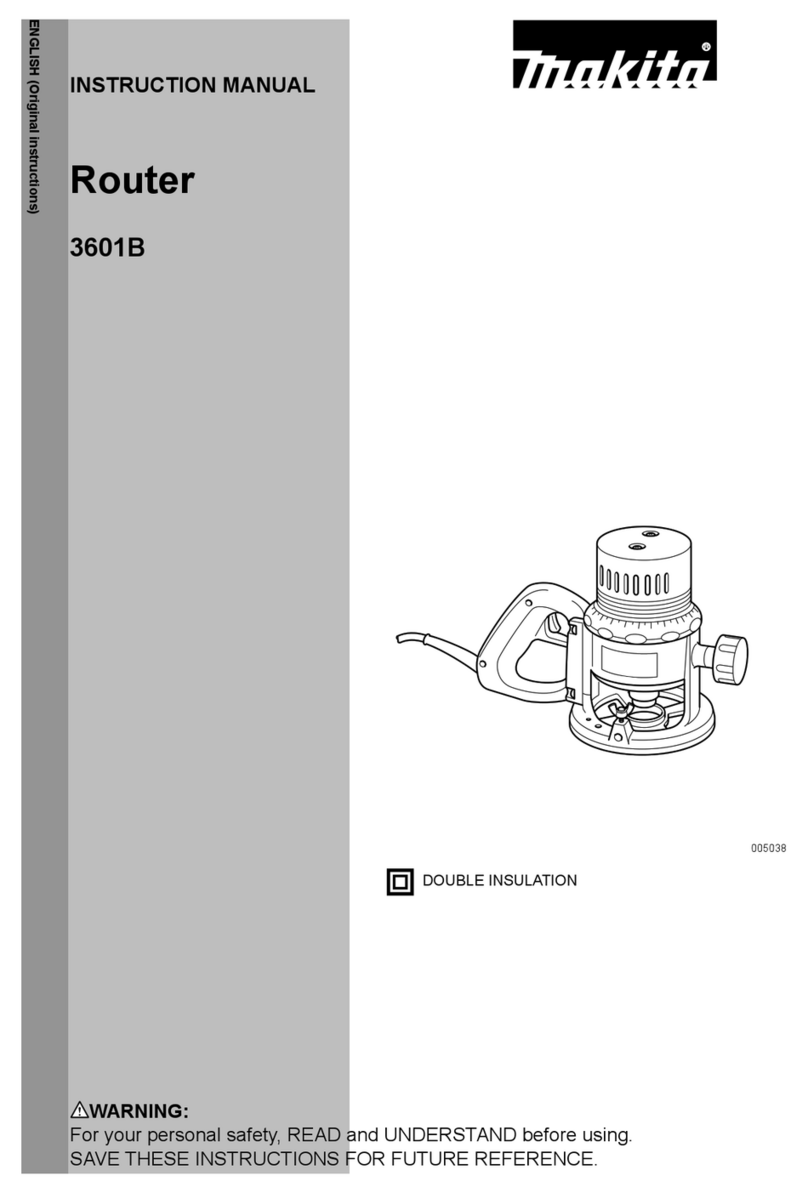
Makita
Makita 3601B User manual

Makita
Makita 4326 User manual
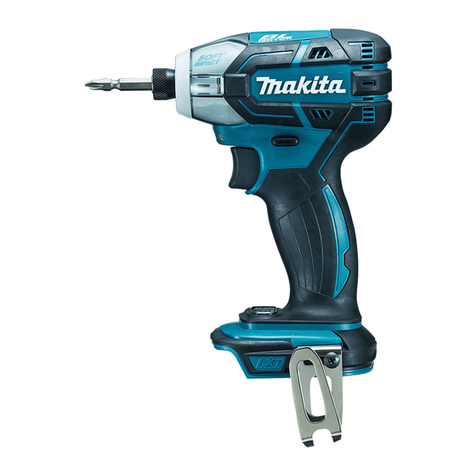
Makita
Makita DTS131 User manual
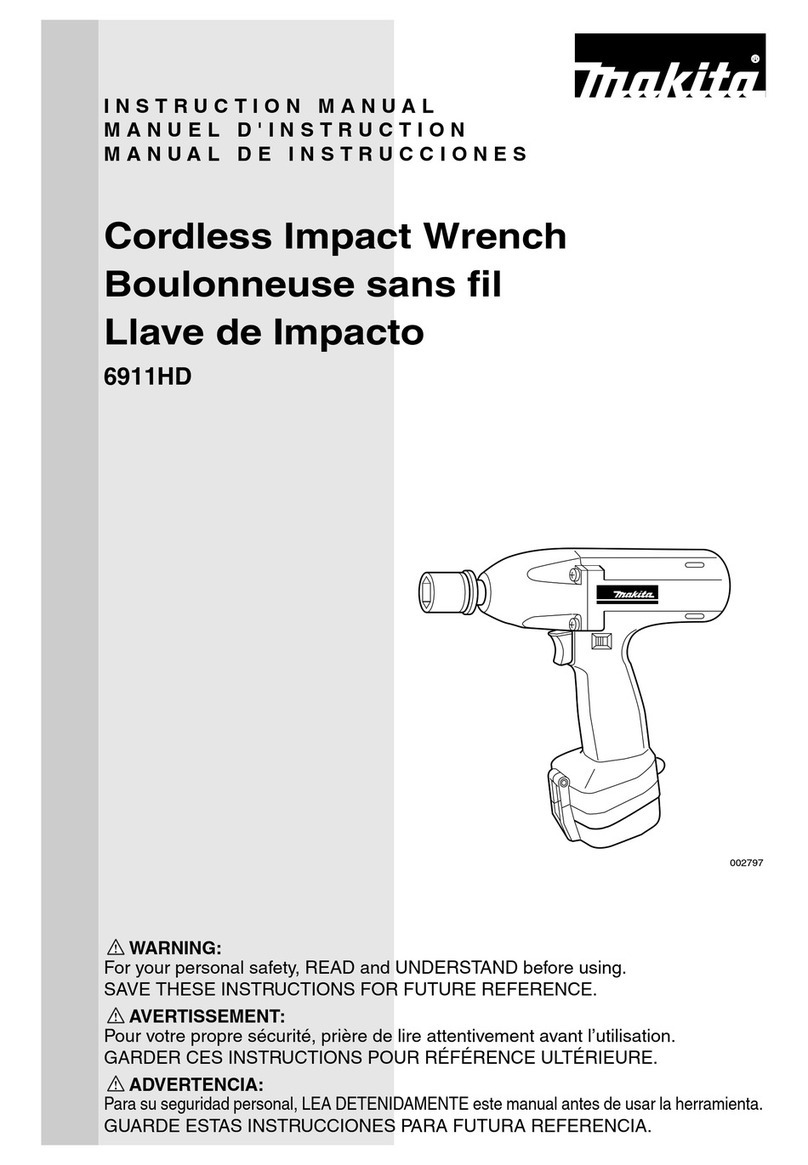
Makita
Makita 6911HD User manual
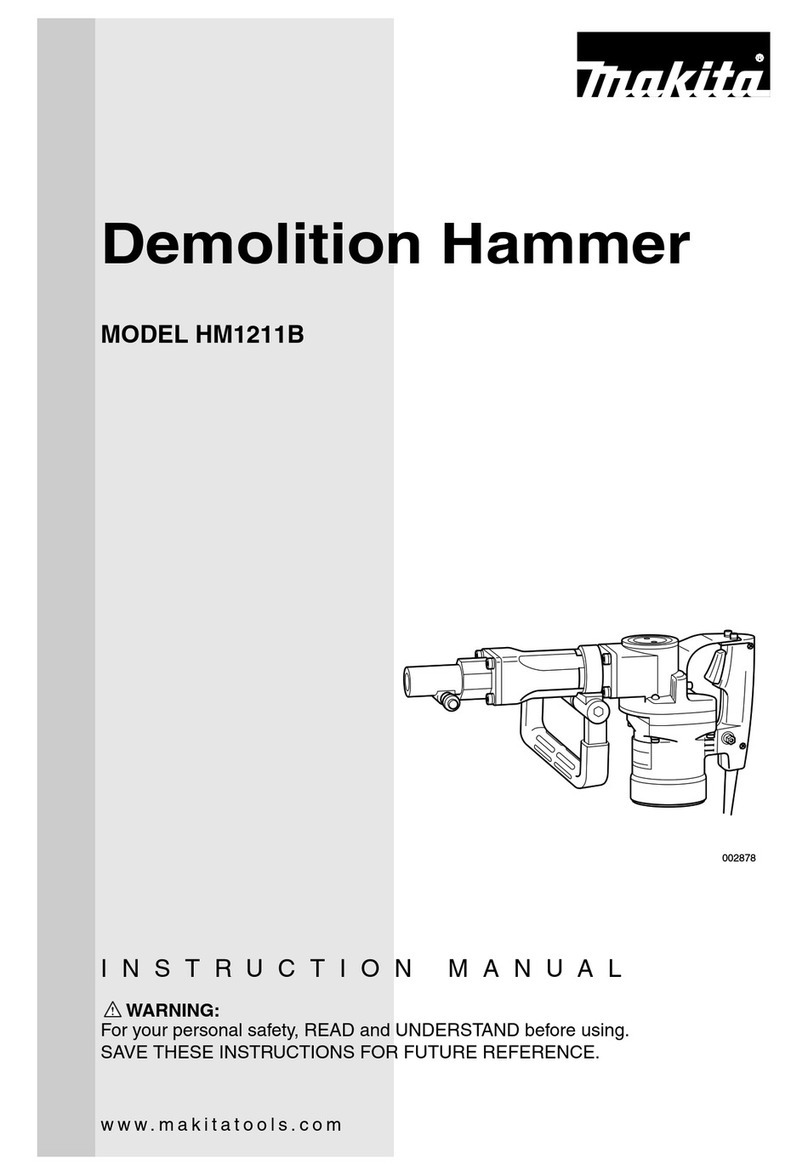
Makita
Makita HM1211B User manual
Popular Power Tools manuals by other brands

Senco
Senco DuraSpin ExTPro installation instructions

Ferm
Ferm JSM1020 Original instructions

Milwaukee
Milwaukee M12 FUEL 2559-20 Operator's manual

EINHELL
EINHELL BT-CD 12/2 operating instructions

Evolution
Evolution HDG200 instruction manual

National Flooring Equipment
National Flooring Equipment 7700 Service manual
